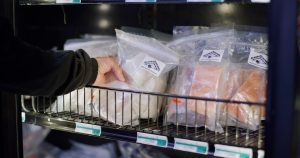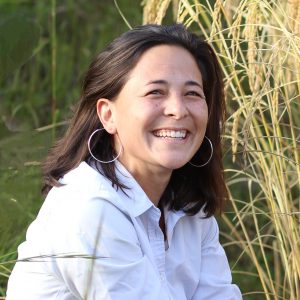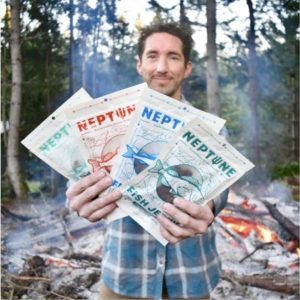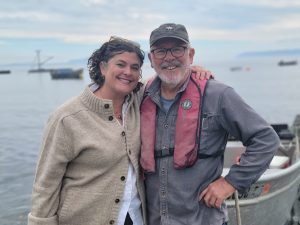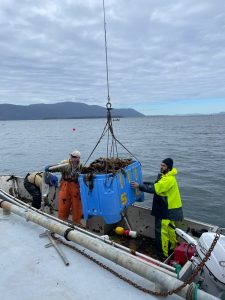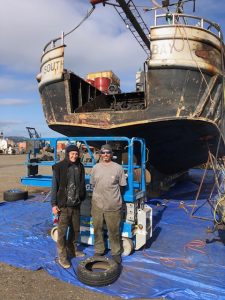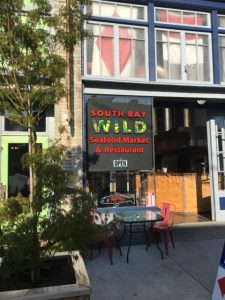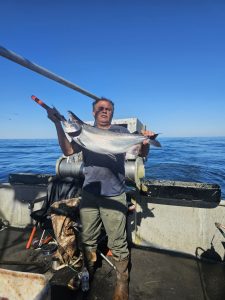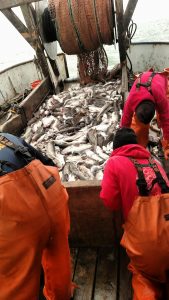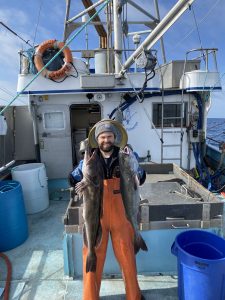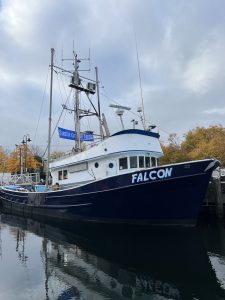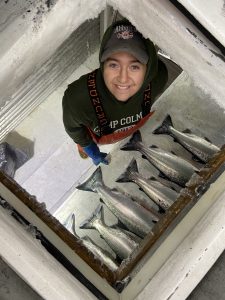Sarah Fisken, Marine Operations Specialist
With declining catches, fewer fish buyers, lower prices paid at landing and shrinking profit margins, commercial fishermen seek ways to increase the value of their catches through better handling, processing, storing, quality control and marketing. Since 2006, WSG and Philips Publishing Group have presented the Wild Seafood Exchange, an annual forum for Northwest and Alaska fishermen to discuss ways to start or improve direct marketing operations. The Exchange brings together fishermen, seafood buyers, restaurant operators, retail food dealers, and financial, business and marketing experts
Participation in Seattle’s annual Pacific Marine Expo also offers opportunities to share information and discuss industry needs. In addition, WSG is helping create a financial- and business-planning toolkit to help fishermen boost their profitability to be delivered through the national Sea Grant network.
Learn more about how Washington Sea Grant supports local fisheries here.
Contact Sarah Fisken at sfisken@uw.edu.
